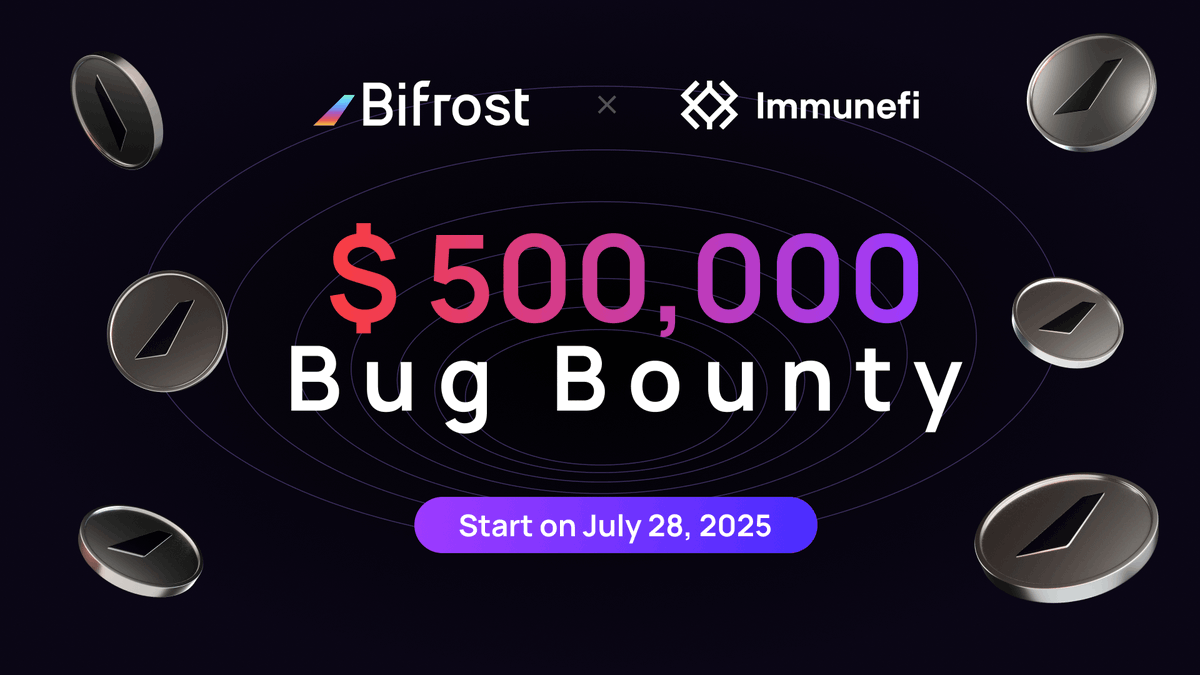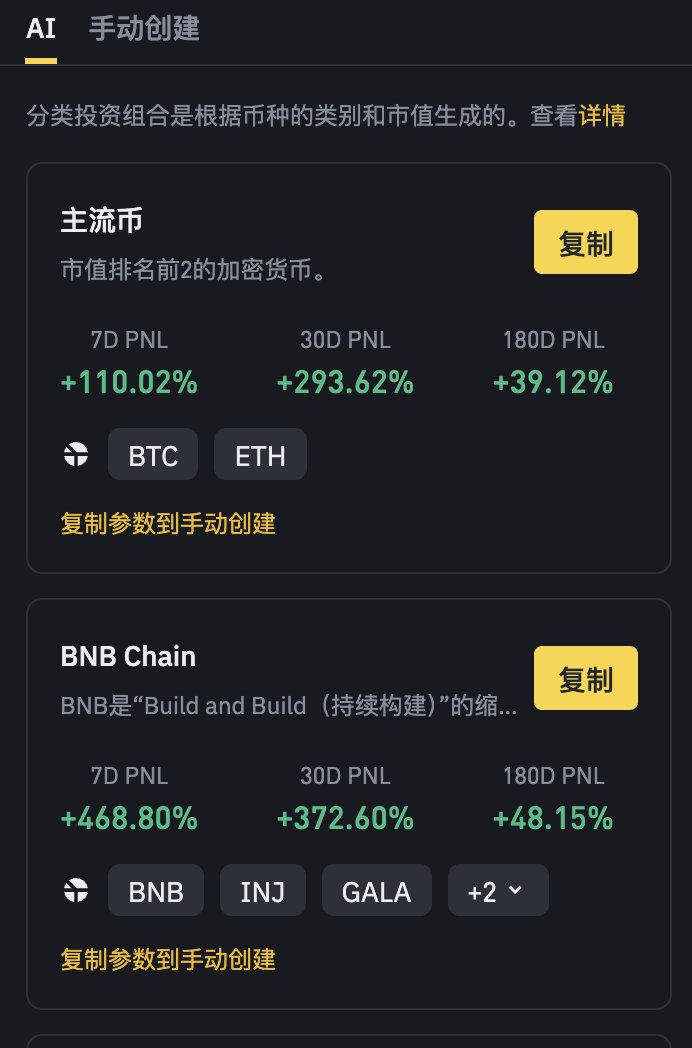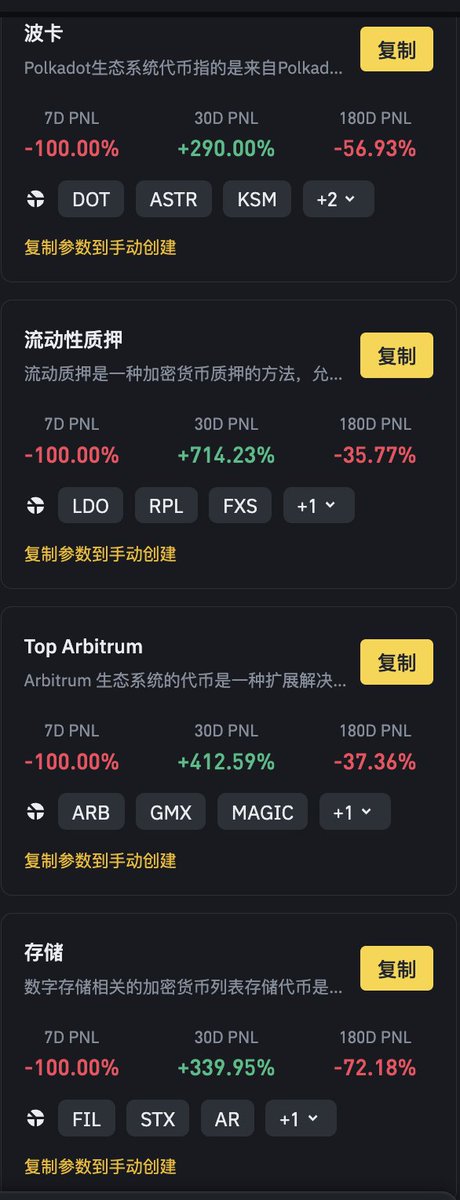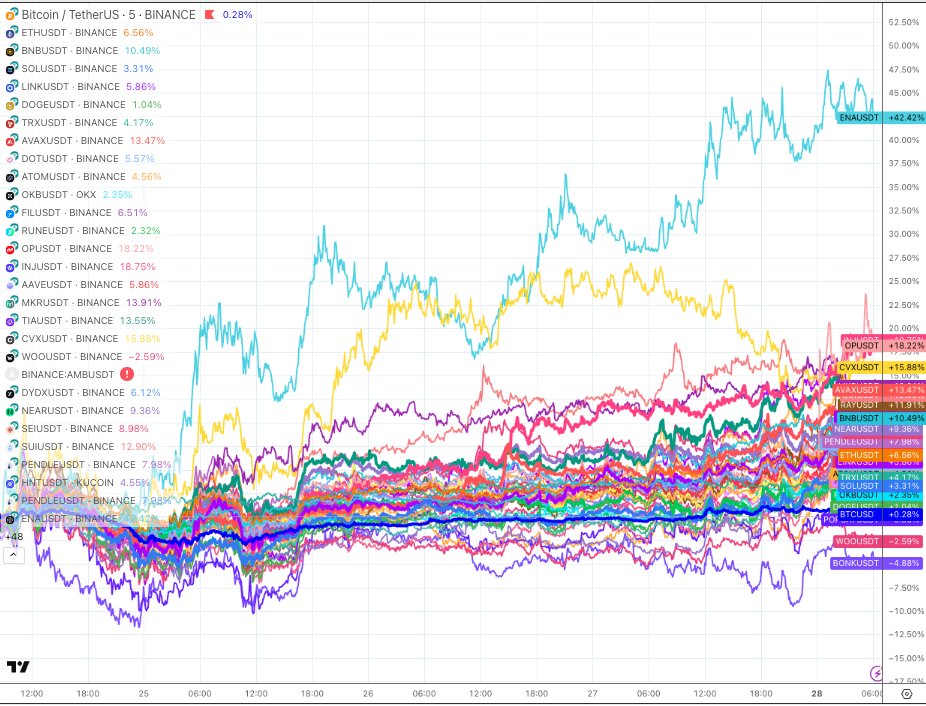Polkadot-prijs
in USD

Over Polkadot
Disclaimer
OKX geeft geen beleggings- of vermogensadvies. Je moet zorgvuldig overwegen of het verhandelen of bezitten van digitale bezittingen voor jou geschikt is in het licht van je financiële toestand. Raadpleeg je juridische, fiscale of beleggingsadviseur als je vragen hebt over je specifieke situatie. Raadpleeg voor meer informatie onze Gebruiksvoorwaarden en Risicowaarschuwing. Door gebruik te maken van de website van derden ('TPW'), ga je ermee akkoord dat elk gebruik van de TPW onderworpen is aan en beheerst wordt door de voorwaarden van de TPW. Tenzij uitdrukkelijk schriftelijk vermeld, zijn OKX en haar partners ("OKX") op geen enkele manier verbonden met de eigenaar van de exploitant van de TPW. Je gaat ermee akkoord dat OKX niet verantwoordelijk of aansprakelijk is voor verlies, schade en andere gevolgen die voortvloeien uit jouw gebruik van de TPW. Houd er rekening mee dat het gebruik van een TPW kan leiden tot verlies of vermindering van je bezittingen. Het product is mogelijk niet in alle rechtsgebieden beschikbaar.
Prijsprestaties van Polkadot
Polkadot op sociale media


Handleidingen

Maak een gratis OKX-account aan.
Stort geld op je account.
Kies je crypto.
Polkadot Veelgestelde vragen
Duik dieper in Polkadot
Often referred to as the "Blockchain of Blockchains," Polkadot is a next-gen Layer 0 meta protocol and an open-source blockchain launched in May 2020 to realize the broader vision of a secure, resilient, and fair Web3.
Polkadot unites a network of native purpose-built Layer 1 blockchains called parachains and multiple external blockchains (connected to it using innovative bridging technology), allowing them to operate at scale alongside each other seamlessly.
The parachains and external blockchains can freely interact with each other, making them interoperable. This is a significant shift from the siloed design of conventional blockchains like Ethereum and Bitcoin. Parachains can process transactions simultaneously, reducing the burden on the main chain and offering ease of scalability. They also allow developers to customize their blockchains, allowing them to optimize parachains for specific use cases with their native tokens.
The Relay Chain is Polkadot's central chain, created using the Substrate framework. The Relay Chain is responsible for maintaining Polkadot's shared security, cross-chain interoperability, and consensus mechanism. It has been designed to handle minimum functions, including the network's governance and nominated Proof of Stake (NPoS). All validators are staked on the Relay Chain and confirm transactions from the connected parachains.
The Polkadot ecosystem also has parathreads, which are parachains based on a pay-as-you-go model, making them more affordable. The parachains and parathreads can connect and communicate with external blockchains like Bitcoin or Ethereum through bridges.
The network is secured using the NPoS consensus mechanism. Users can choose to participate in the consensus system as nominators or validators. Nominators can select trustworthy validators to update the network while validators verify transactions. Both nominators and validators stake DOT and receive rewards in return.
DOT use cases
DOT serves multiple purposes within the larger Polkadot ecosystem. It is the currency used to pay transaction fees when sending data or tokens across chains. It also serves as a governance token that users can stake to vote on the future of Polkadot.
DOT tokens also serve as the currency to incentivize users to maintain the system's security. Users can stake DOT to participate in the network's consensus mechanism. DOT is also used for bonding, a type of Proof of Stake. By bonding tokens, developers can create new parachains, while removing bonded assets will delete outdated parachains.
DOT tokenomics and distribution
DOT is an inflationary token, implying it doesn't have a hard cap or maximum supply. It has an approximate inflation rate of 10 percent, with new tokens generated for incentivizing validators. One can transfer DOT in fractions, with the smallest unit being 0.0000000001 DOT, called a Planck.
10 million DOT tokens were generated during its first Initial Coin Offering (ICO) held in October 2017. The tokens were distributed in the following manner:
- 50 percent: ICO buyers
- 30 percent: Web3 Foundation for Polkadot development and other Foundation activities
- 11.6 percent: Web3 Foundation for future fundraising initiatives
- 5 percent: Private sale round held in 2019
- 3.4 percent: Token sale held in 2020
A DOT redenomination took place on August 21, 2020, after a network-wide referendum. As a result, the DOT balance for all existing holders was automatically increased by a factor of 100. The original 10 million DOT supply changed to 1 billion after the redenomination, and the market value of each DOT token decreased by a factor of 100. This event is popularly referred to as "Denomination Day."
About the founders
Polkadot is the flagship project of the Web3 Foundation, which was formed by Gavin Wood, Peter Czaban, and Robert Habermeier in 2017. Web3 Foundation is a Swiss-based non-profit foundation established to support Polkadot's research, development, and fundraising efforts.
A well-known name in the crypto and blockchain world, Wood is one of the pioneers of blockchain technology. He is the co-founder and former CTO of Ethereum and the founder of Parity Technologies. In addition, Wood coined the term Web3 back in 2014.
Wood also invented Whisper, a P2P communication protocol, Proof of Authority consensus, and the Solidity programming language. He currently heads the innovation initiatives on Polkadot and Substrate.
Czaban holds a master's of engineering from the University of Oxford and co-founded Web3 Foundation and Polkadot with Wood. Serving as Web3 Foundation's Technology Director, Czaban supports the creation of next-generation distributed technologies.
Habermeier is a Thiel Fellow with extensive research and development experience in cryptography, distributed systems, and blockchain tech. As a longtime Rust Community member, Habermeier is also widely known for using Rust to develop high-performance and parallel solutions.
ESG-vermelding




































